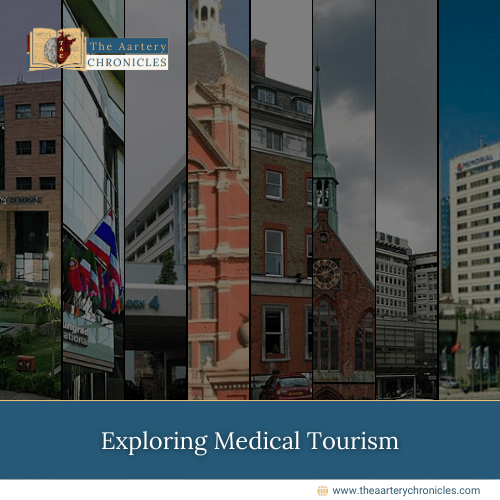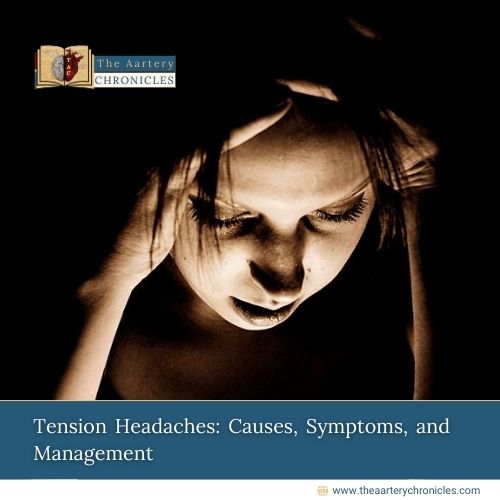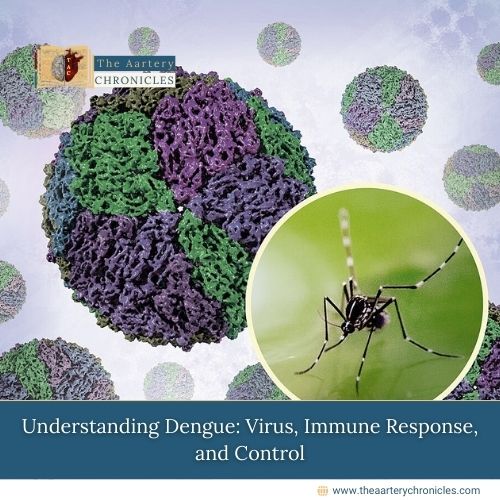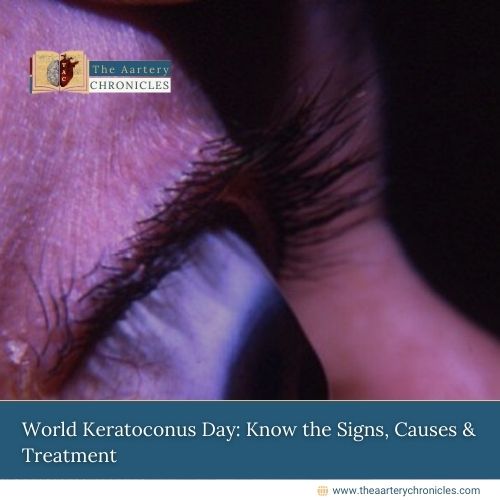

Obesity Soars in Delhi's Private Schools, Find Out Why
A recent study by the All India Institute of Medical Sciences (AIIMS), supported by the Indian Council of Medical Research (ICMR), has raised serious concerns about children’s health in Delhi. The study, which examined around 4,000 students aged 6 to 19 from both private and public schools, revealed that obesity rates in private school students are over five times higher than those in public schools.
But this isn’t just about children gaining extra weight. The findings suggest deeper, more dangerous health issues developing in kids issues that are often invisible from the outside.
Obesity in Private Schools
It’s easy to blame fast food for rising obesity, but the study paints a more complex picture. While students in private schools may consume more calorie-rich foods, other key factors play a big role:
- Reduced physical activity due to tight academic schedules
- Long screen time and sedentary lifestyles
- Limited outdoor play in urban environments
These lifestyle choices are forming unhealthy habits early in life often without parents realizing the full consequences.
Being Underweight
In contrast, students in public schools were more likely to be underweight also nearly five times higher than in private schools. The causes?
- Poor nutrition
- Irregular meals
- Financial constraints
While obesity leads to one set of health problems, being underweight makes children more prone to infections, tiredness, and stunted growth. Alarmingly, even some underweight children showed signs of high blood pressure and metabolic issues, challenging the belief that only overweight kids are at risk.
Why Childhood Obesity Is More Dangerous Than It Seems
Obesity in children isn’t just about appearance. It increases the risk of serious long-term health problems, including:
- Type 2 diabetes
- High cholesterol and blood pressure
- Heart disease and stroke in adulthood
The AIIMS study found many private school children showing early signs of metabolic syndrome a dangerous mix of high blood sugar, unhealthy cholesterol levels, and large waistlines. These are issues usually seen in adults, yet they’re now showing up in teens and pre-teens.
One worrying indicator was impaired fasting glucose, an early warning for diabetes. This was over 2.3 times more common in private school students meaning their blood sugar levels were too high even after hours of not eating.
Boys at Higher Risk Than Girls
The study also showed that boys in both public and private schools had higher rates of obesity than girls. This trend may be linked to:
- Higher screen time and sedentary hobbies
- Less involvement in physical or household activities
Such behaviour patterns, if not corrected early, can lead to long-term health differences between boys and girls.
What Can Parents and Schools Do?
The AIIMS findings point to an urgent need for routine health screenings in schools and greater awareness among parents and educators. Here are some practical steps:
- Encourage daily physical activity (at least 60 minutes)
- Reduce screen time, especially passive activities like TV or phone browsing
- Promote balanced meals over convenience snacks
- Introduce regular health check-ups in schools to monitor key markers (blood sugar, cholesterol, blood pressure)
Conclusion
The study shows that both obesity and undernutrition are serious and growing problems in Delhi’s schoolchildren just in different ways. While private school students face risks linked to excess, public school children struggle with scarcity. Either way, the silent health effects are building up and they demand immediate attention from families, educators, and policymakers alike.
Source: Inputs from various media Sources

Priya Bairagi
Reviewed by Dr Aarti Nehra (MBBS, MMST)
I’m a pharmacist with a strong background in health sciences. I hold a BSc from Delhi University and a pharmacy degree from PDM University. I write articles and daily health news while interviewing doctors to bring you the latest insights. In my free time, you’ll find me at the gym or lost in a sci-fi novel.








